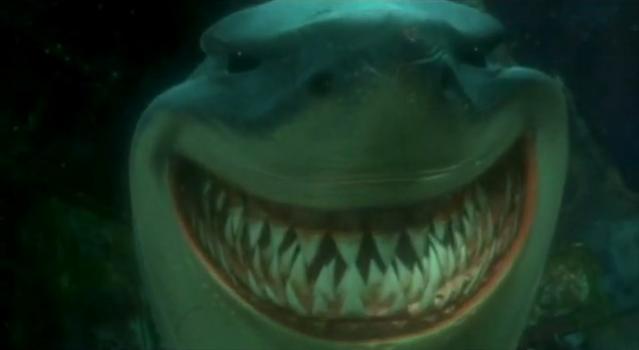It's Independence Day, Junahu Brown!
The Rev. Sir Dr. Stephen T. Colbert, D.F.A.

Stephen T. Colbert is the youngest of 11 children, born into a devout Roman Catholic family- his family was so devout, in fact, they sent their teenage son to an "exorcism day camp" when they discovered he liked Dungeons & Dragons. Colbert is of Irish descent and only adopted the French pronunciation of his surname to "get the cultural elites" on his side. Stephen was regularly beaten up in high school, and by the time he left for college he was determined never to be a victim again. As such, on the first day of his freshman year he walked into class and punched the first person he saw; his ethics professor. He attended Dartmouth College, although his acceptance into the university appears to have been largely influenced by a claimed familial relationship with a wealthy donor, and graduated in the top 47 percent of his class with a major in history.
Colbert later moved into reporting, working in TV news for several stations in Virginia and North Carolina. In 1997, Colbert was promoted to anchor of the Channel 7 News on WPTS Patterson Springs after outing the previous anchor, Wayne Colt, for his cocaine addiction. His ensuing investigative reports into Colt's downfall earned him a local Emmy, and eventually a correspondent position at The Daily Show. This corresponds with the year the comedian joined the cast of the show. Colbert has implied that he only got his own show by blackmailing Stewart with incriminating photographs.
- Shameless copypasta from Wikipedia
SPECIALS
NEUTRAL SPECIAL – FIREWORKS
"Now, nation, nation, nation. There are many ways to send fear down the spines of those dirty redcoats. Most involve sending their prissy tea down the river, but there are a lot more ways to make them **** their pants. Now, one of the best ways, I've figured out, just so happens to be one of America's favorite past-times outside of pornography and football: fireworks. "Stephen, how do you know this?" you may be asking. If you're asking, you're a dirty Canadian. Everyone knows redcoats are combustible!"
Reaching into his coat, Stephen plucks a small box of fireworks out, the package is smaller then a crouching Squirtle, meaning it's rather miniscule. Grasping the package in his hands, Stephen places it on the ground carefully in a motion that's 1.5x as laggy as Snake using his down special. The package has 20% stamina, which will instantly be depleted if struck by an attack with fire properties. The Stephen cosplayer can't damage these with their own moves, so don't expect a case of Strangelove's down aerial anywhere. When the package loses all of it's stamina, it lets out a hiss for .30 seconds before bursting into a colorful, Bowser-sized explosion of sparkles! The explosion deals 15% fire damage with high knockback. Almost instantly after detonating, the sparkers in the explosion spread, covering an area that's two Bowsers long and about as tall as Wario. The sparklers deal 5% fire damage, with a containing hitbox for the next 4 seconds. On the fifth second, the sparklers give off a small explosion, dealing no damage but giving good knockback before they disappear. Stephen can have 5 packages of these fireworks out at a time (Don't ask where he gets them.), so if he were to spread the packages well enough, they could successfully detonate each other.
As am easter egg, if multiple Stephens are present in the match, they can not only detonate each other's fireworks, but their firesworks can affect each other. Imagine all the
fun you could have!
UP SPECIAL – FLAG PUNCTURE
"You thought it was over? Nation, you've only begun to descend into the greatness that is my mini. To clarify something here, my mini is 100% American, not like the Canadian junk that Rool calls movesets. You want me to prove myself as American, you say? What, the fireworks weren't enough for you? In that case, it's time to bring out one of the most American things around, the American Flag. You know what I'm going to do with it? I'm going to shove it straight up TWILT's ass. He had it coming; he and Rool constantly roleplay pancake/maple syrup sexual fantasies. Those filthy Canadians."
On the ground, Stephen Colbert glares as he takes out an American Flag the size of Ganon and swings it downwards. This deals 6% damage and forces the foe into their tripped stance, but thanks to the small size of the hitbox, this is semi-risky to use. The flag, while it's lowered, also serves as a high-priority barrier for Stephen, blocking any and all incoming attacks. Stephen is vulnerable from behind, however, and he has lag plucking this out of the ground, giving it very little point.
In the air, however, this move is almost completely different. Stephen takes a tremendous leap with his Flag as soon as he takes it out, ascending upwards with decent horizontal movement. After moving 2 Ganons upwards, Stephen looks downwards as he places his feet around the flag, as though he were a rope climber. From here, he plummets downwards at the speed of Kirby's down special, dealing 8% damage and a light gimp to whoever is unfortunate to land underneath the flag.
Where does the actual puncturing move come in? If Stephen uses the flag above an un-detonated package of fireworks, Stephen actually causes the tip of his flag to become embedded in the package, Stephen still carries the flag, around, with the fireworks stuck on it. If 20% is dealt to the package (or however much stamina the package had when Stephen picked it up), it will still explode, dealing explosion damage to the foe and Stephen, if he's in the air at the time, giving him an even better recovery. The flag bursts into flames immediately after this, dealing incredible knockback for a second if the foe comes in contact with it, but the flag burns in a pile of ash afterwards. Stephen gives this motion incredible end lag by saluting his fallen flag, before pulling out another one. This makes it a risky maneuver, but well worth it if Stephen is able to make good use of it.
SIDE SPECIAL – FLAG DASH
"Now, you may be wondering; why so many flag attacks, Colbert? I ask: Why are so many Canadian Beavers immigrating into our country? Why are so many Mexicans infiltrating our country and eating our food, our homes and our jobs. I guess it's just a common trait in yellow-skinned men. Now you know exactly what this move is for: stabbing the shit out of 'em."
Stephen takes out his flag once again with a triumphant grin on his face. Holding the flag in front of himself, pole first, he begins charging forward! Stephen charges at Mario's dash speed, and dashes five stage builder blocks forward, before grinding to a halt. This is a fairly standard move, dealing 8% damage and good knockback to those who come in contact with the pole. ...That is, unless Stephen's embedded the pole inside of a package of fireworks. If they are hit while the package is there, it will explode, dealing 18% damage and causing the package to explode onto the ground. Stephen takes recoil from this, sending him 4 SBBs backwards at Fox's dashing speed. Stephen holds the flag in front of himself during this time, keeping him vulnerable to front attacks, but this is risky; especially in a free-for-all setting.
At any time, Stephen can tap the A Button to lob his Flag forward, he does so at such a speed that he enters his tripped stance afterwards. The flag travels 6 SBBs forward at Captain Falcon's dashing speed, and, upon landing on the ground, will embed itself into it. The flag retains the same properties it did before, essentially acting as a wall that reflects projectiles. It can still be lit aflame if any fireworks explode by it, but the flag itself cannot detonate any fireworks. Stephen can tap the A Button by the flag to pick it up, and cannot use his Up Special or Side Special unless he does. If a fireworks package is already embeded inside it, the flag will detonate upon landing, setting the standards firework dealie into motion.
DOWN SPECIAL – INSULT
"One way, of course, to drive your foes nuts is to send some insults right at 'em. Insults like "You going back home to your beaver wife, Canadian?", "Headin' off to get some food stamps?", "I bet you're gay.", "I bet you're reaaaalllly gay.", "I bet you're super-gay." and most importantly: "I bet you're more gay then Doogie Howser."
Stephen crosses his arms, striking his trademark face: a smirk with one eyebrow raised and one lowered. Once he makes this pose, he lets a short insult escape his lips, all insults are short ("Canadian!", "Mexican!", "Bear-Hugger!", "Tree-Hugger!", Tree-Hugger-Hugger!" to name a few.), and the length of the insults does usually have some short differences, but nothing major. Stephen can charge this move to adjust this move's range, the maximum charge is around 3 seconds, and he can perform this while moving or when he's in the middle of other moves. The range of this varies from a half a battlefield platform in front of Stephen, to all of Battlefield and a half in front of him, depending on the charge. If the foe is within range when Stephen finishes the insult, they immediately start dashing towards the spot where he was when he first used this move, they still continue what they were doing at the time while on the move. If they were in the middle of attacking or charging, they will still do so while moving. After reaching one character width away from him, they will stop moving.
PLAYSTYLE
Huh, I thought this would be kind of obvious by now? Never the less, let us elaborate on what we have learned. Stephen plays like a stereotypical trap character with his fireworks, make no mistake, but his flag gives him some interesting offensive opportunities. Stephen's obviously going to want to get at least one firework up at the start of the match, from here he can branch out. If you want to be really blatantly defensive, you can spread out your fireworks. Doing this is going to take some work, however, Stephen, fortunately, has a nice little defensive option with his grounded Up Special. He can obviously puncture a firework onto his flag from here, and just use his down special to lure foes in while he escapes from the area. Tossing the flag into your fireworks should do the trick here.
But, where's the fun in that? One of the best ways to play Stephen is as an offensive trap character, lay down a firework, puncture it with your flag and have some fun with those unpatriotic foes of your's. You're going to want to get right in your foe's face, using your up special as something of a barrier to get close, using it as a shield or perhaps even tripping your foes; giving you the opportunity to space yourself and lay down a firework. If the foe is using a move that should leave them open for a bit, using your down special and immediately rushing them down through side special could do you wonders.
Rushed/Bad/Generic Playstyle is Rushed/Bad/Generic; Rushed/Bad/Generic Mini is Rushed/Bad/Generic. I'm well aware of this, it's a mini, it doesn't matter.
TAUNT
Cosplaying Characters get a shiny new taunt to replace their old, boring one. Why? Because I'm not screwing up this color scheme.
Up Taunt – Wag of the Finger
Stephen leans forward, places one hand to his side and raises the other, wagging it back and forth with a disapproving look. As he does so, he exclaims "Wag of the Finger!"


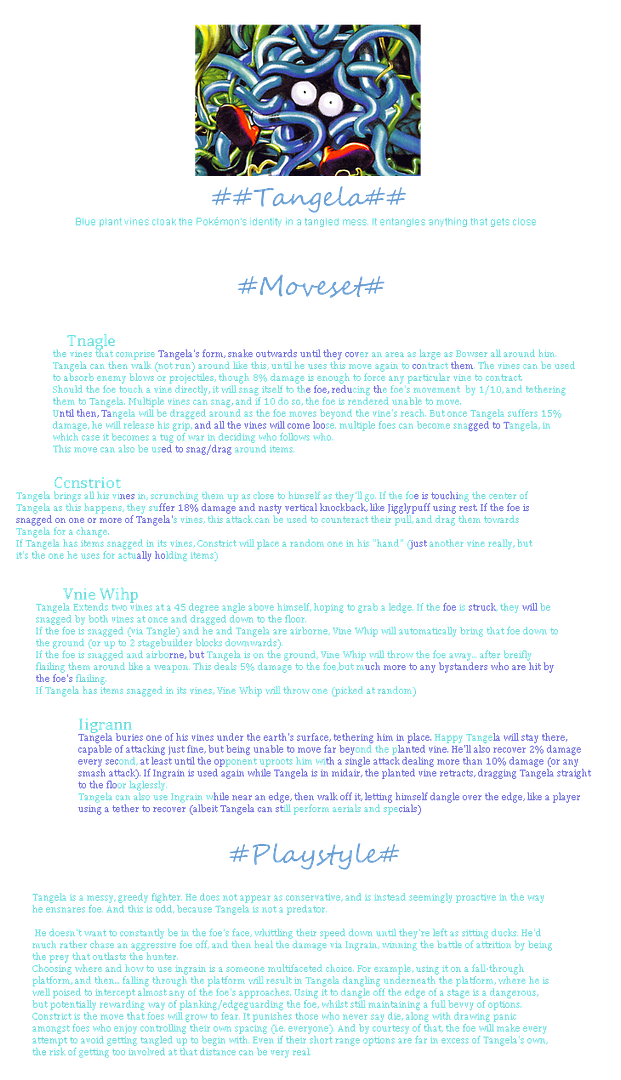
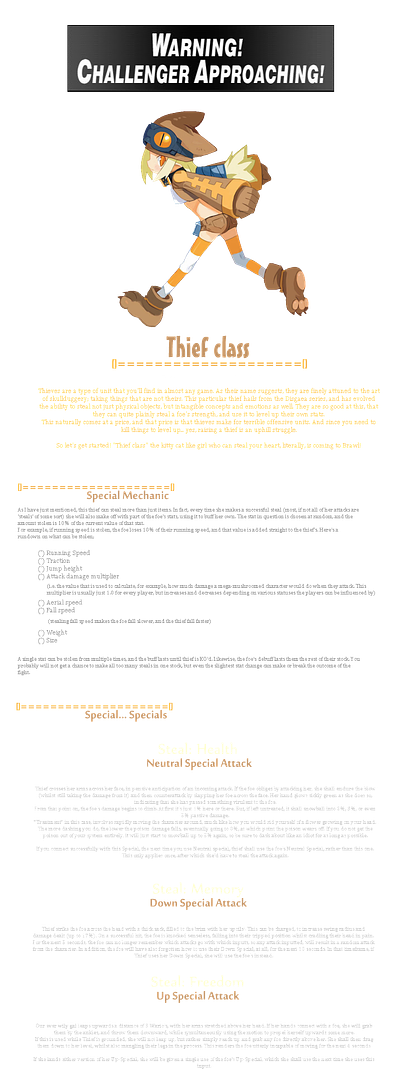
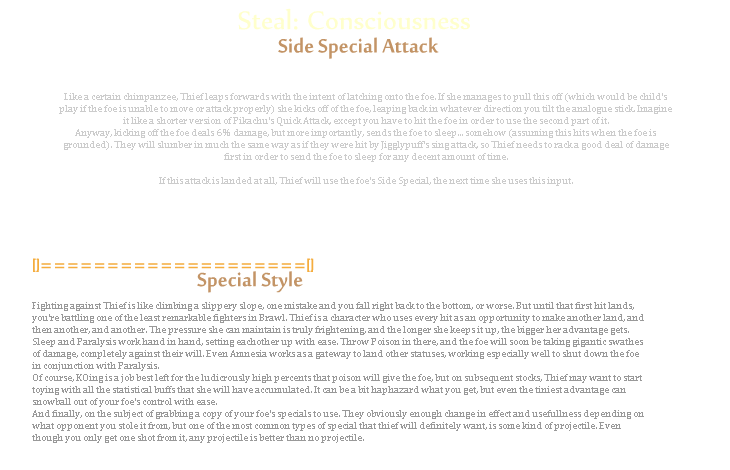
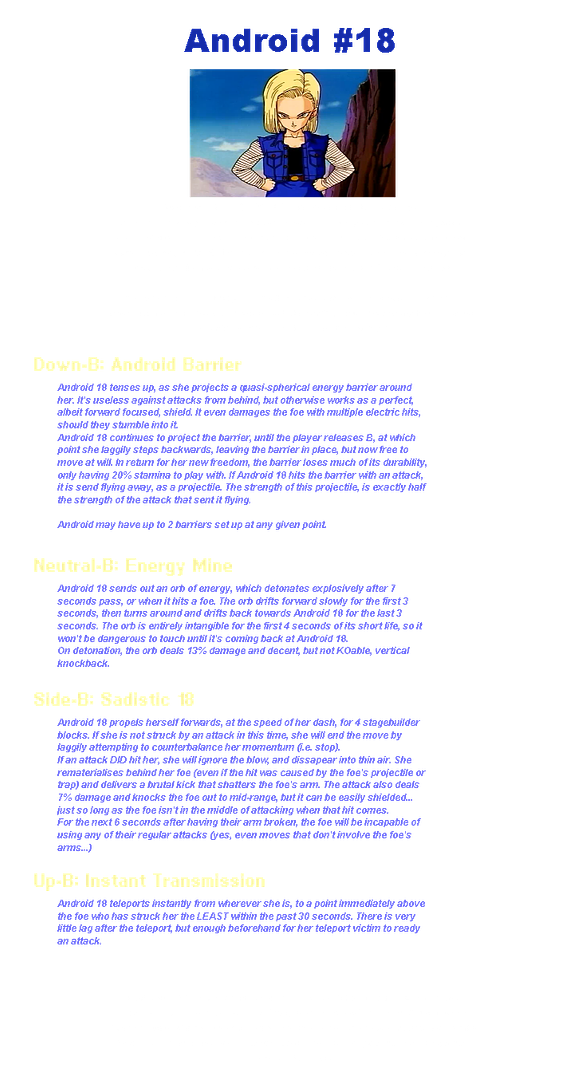
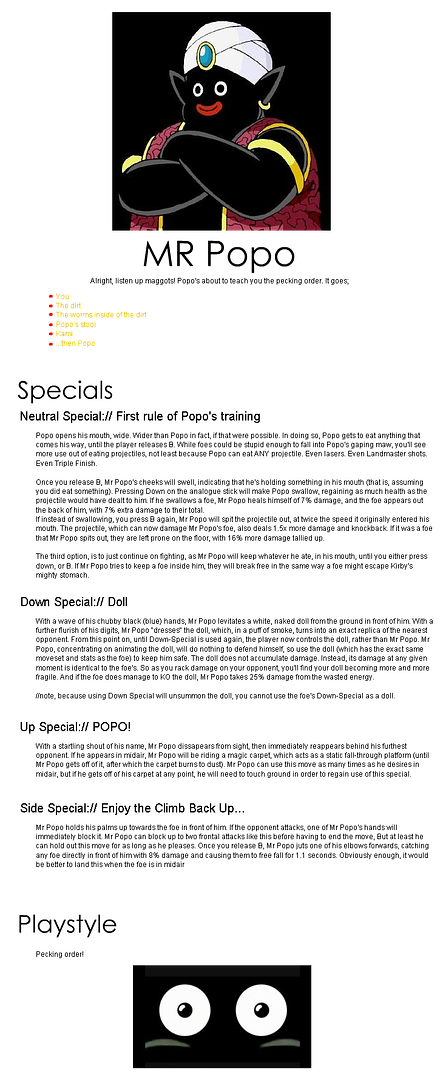
















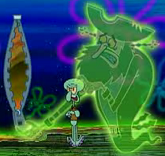
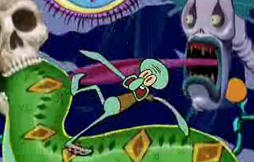
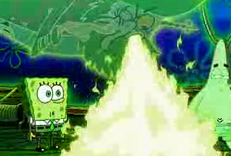

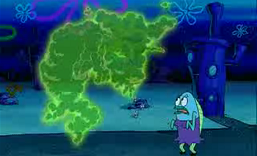

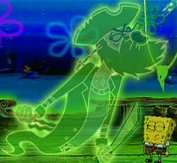
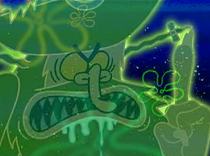





 STATISTICS
STATISTICS 

 0
0

 ATTRIBUTES
ATTRIBUTES 

 0
0

 SPECIALS
SPECIALS 

 0
0

 STANDARDS
STANDARDS 

 0
0

 SMASHES
SMASHES 

 0
0

 AERIALS
AERIALS 

 0
0

 GRAB-GAME
GRAB-GAME 

 0
0

 FINAL SMASH
FINAL SMASH 

 0
0

 PLAYSTYLE
PLAYSTYLE 

 0
0

 MATCH-UPS
MATCH-UPS 

 0
0

 EXTRAS
EXTRAS 

 0
0







